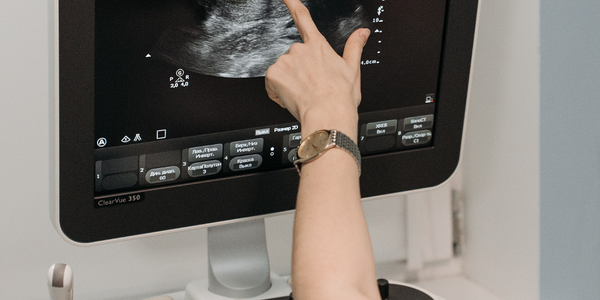Improving Diagnosis Accuracy and Saving Lives

- Analytics & Modeling - Machine Learning
- Healthcare & Hospitals
- Automated Disease Diagnosis
Dr. Partho Sengupta needed a way to accurately identify disease patterns resulting from echocardiograms in order to improve diagnostics and save more lives. Specifically, he wanted to distinguish between two disparate diseases: cardiomyopathy, which directly impacts the heart muscle and often leads to heart failure, and pericarditis, which acts as if the heart is involved but doesn’t actually affect the heart. While both diseases present with similar heart conditions, the treatments are vastly different. For pericarditis, the treatment may include medication and, rarely, surgery. However, if the diagnosis is cardiomyopathy the patient undergoes medical management (i.e. a pacemaker) or in extreme cases, a heart transplant. Misdiagnosis of these disease conditions can put the patient’s life at risk and be very expensive for the hospital. Dr. Sengupta, therefore, looked to Saffron’s Natural Intelligence Platform to help his team increase the diagnosis accuracy of these medical conditions.
Working with Saffron’s Natural Intelligence Platform, Dr. Sengupta initiated a blind study comprising 15 patients with constrictive pericarditis and 15 patients with restrictive cardiomyopathy. When the multi-dimensional echocardiography diagnostic data was ingested into Saffron’s associative memory base, the data consisted of 10,000 attributes per heartbeat per patient. The attributes were collected from 90 metrics in six locations of thecomplex echocardiography dataheart and 20 times within a single heartbeat.
Related Case Studies.










